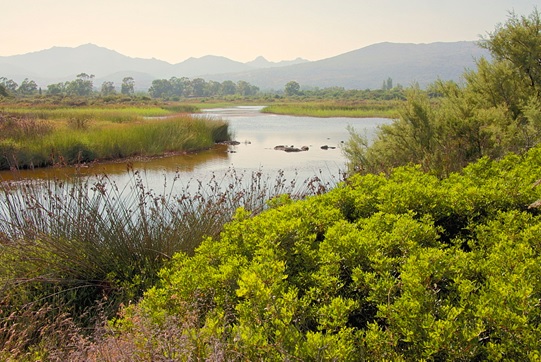Basket Making: a traditional craft related to Sardinian wetlands

Traditions are the roots that are born and live within us. They are part of our existence and our cultural heritage and only by maintaining them passionately through time, we will able to keep them alive for the years to come.
Among the many aspects that are contributing to its charm and rich heritage, Sardinia in Italy is also renowned for its craftsmanship. The art of basket weaving has spread throughout the island since prehistoric times and has passed down from generation to generation. The baskets are used for collecting fruits and mushrooms, transporting, storing and preserving food and for decoration.
The baskets come in a great variety and depending on the region, the materials and shapes vary. Typically, they are made from plants that grow in wetland areas, such as Asphodel (Asphodelus cerasiferus) that grows in Flussio and Rush (Juncus effuses) that grows in Oristano.
When it comes to the art of basket making, Oristano is the most important area in Sardinia. It is particularly rich in ponds and marshes, which facilitate the spontaneous growth of all the plants and grasses that consist the raw material for the basket making by the skillful local artisans.
The plants are harvested at specific times of the year, most usually from February to May, in harmony with the phases of the moon, in order to avoid the attack of molds and insects. They are then stripped from their outer layers and left to dry in the sun. In essence, only the stem of the plant is kept, which is easier to be weaved.
How are baskets made?
The traditional process of basket making is fascinating.
According to the “continuous growth” method, with the assistance of an iron needle, asphodel baskets are made by creating concentric circles in a spiral pattern that gradually increases in size. Asphodel, which is thicker and stiffer, is used to make supports, around which the reed is woven.
The shape and design of the baskets vary according to their intended use. The colours used are mainly different shades of red, black, blue and green. Everything is then embellished with starry ornamental motifs or with roses, usually embroidered in the center of the basket. Very beautiful and refined are the baskets that bear a circular piece of coloured brocade at their bottom.
When the weaving is completed, the baskets are left to further dry in the sun, which makes them sturdier.
The Corbula basket is considered to be the finest type of basket. It is a household item, conical in shape without handles and sometimes it is supplemented with a lid. In the agro-pastoral society of Sardinia, in fact, these objects are considered indispensable for bread making. Apart from its practical function, it has a decorative use and is often hung on the walls. The Corbule baskets are traditionally part of the bride’s dowry.

